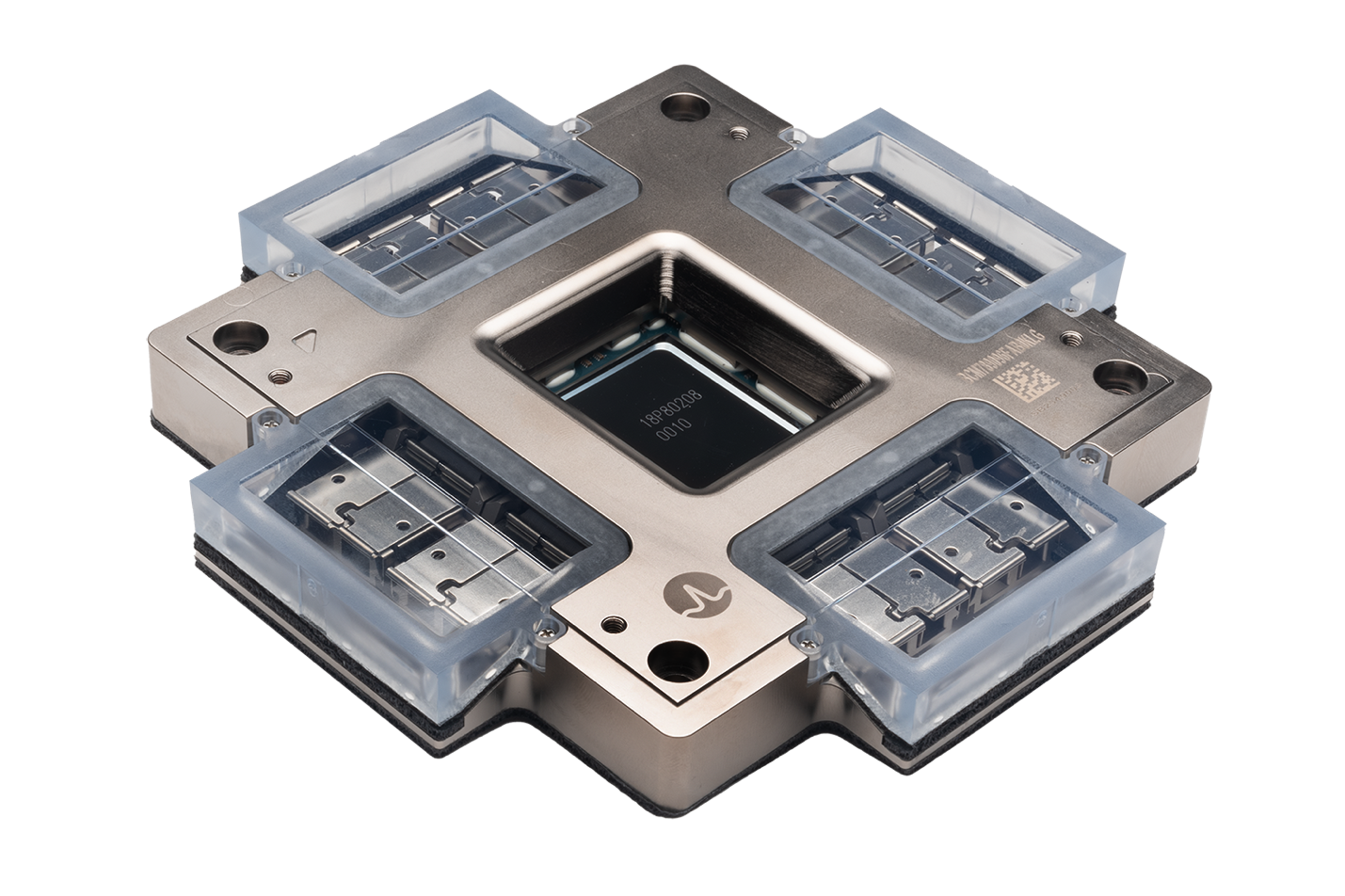In its simplest terms, insertion loss is the amount of light that is lost as the signal arrives at the receiving end of the link....
In its simplest terms, insertion loss is the amount of light that is lost as the signal arrives at the receiving end of the link. Insertion loss is measured in decibels (dB) and each passive connection in a system increases the dB loss for the system as a whole.
What happens if insertion loss is too high?
When the link insertion loss is too high, it is described as "exceeding your loss budget." This means that your channel has exceeded the allowable amount of light loss outlined in the TIA standards.
Exceeding your loss budget can lead to channel errors that cause equipment to go down and possibly cause data center downtime.
Why is understanding insertion loss important?
It is important to know the insertion loss of the products you are using or considering purchasing to ensure you stay under your loss budget. Be sure to ask for insertion loss specifications before purchasing cables.
Pay attention to words like typical versus maximum insertion loss. Some manufacturers will supply statistics in typical readings or averages. This should not be considered a number to use - you may end up getting cables that are well above the average.
Instead, you should look for the maximum insertion loss of a product. This allows you to know the highest possible loss amounts that you will incur.
Problems come up. If you have exceeded your loss budget and don’t realize it, symptoms of this may not be straightforward. The result of this could be hours of troubleshooting time.
Like golf, the lower the cable’s dB loss rating, the better. A cable with a maximum dB loss of 0.15 (CABLExpress LC jumper) will dramatically outperform a cable with a maximum dB loss of 0.3.
Recent Posts
Introduction: A New Chapter in Optical Connectivit
Low-loss fiber connectivity is essential for...
Starting a data center hardware upgrade is a...
Posts by Tag
- data center (12)
- Fiber Optic Cables (11)
- Cabling (7)
- NETWORKING (6)
- Structured Cabling (6)
- Fiber Optic Cabling (5)
- Fiber Cable (4)
- Networking Cables (4)
- Fiber Cables (3)
- Hardware Security (2)
- IT Infrastructure (2)
- Port Replication (2)
- Sustainability (2)
- AI (1)
- Brocade (1)
- Carbon Offsetting (1)
- Data Security (1)
- FCOE Works (1)
- ICLs (1)
- IT Equipment (1)
- IT Network (1)
- IT infrastructures (1)
- POE (1)
- Switches (1)
- Tapped Holes (1)
- data centers (1)
- hardware (1)
- infrastructure (1)
- storage (1)
- strategy (1)
Popular Posts
Why does the gauge matter in my network’s racks?...
High dB loss in fiber optic cabling...
Let’s look at the construction of fiber optic...








